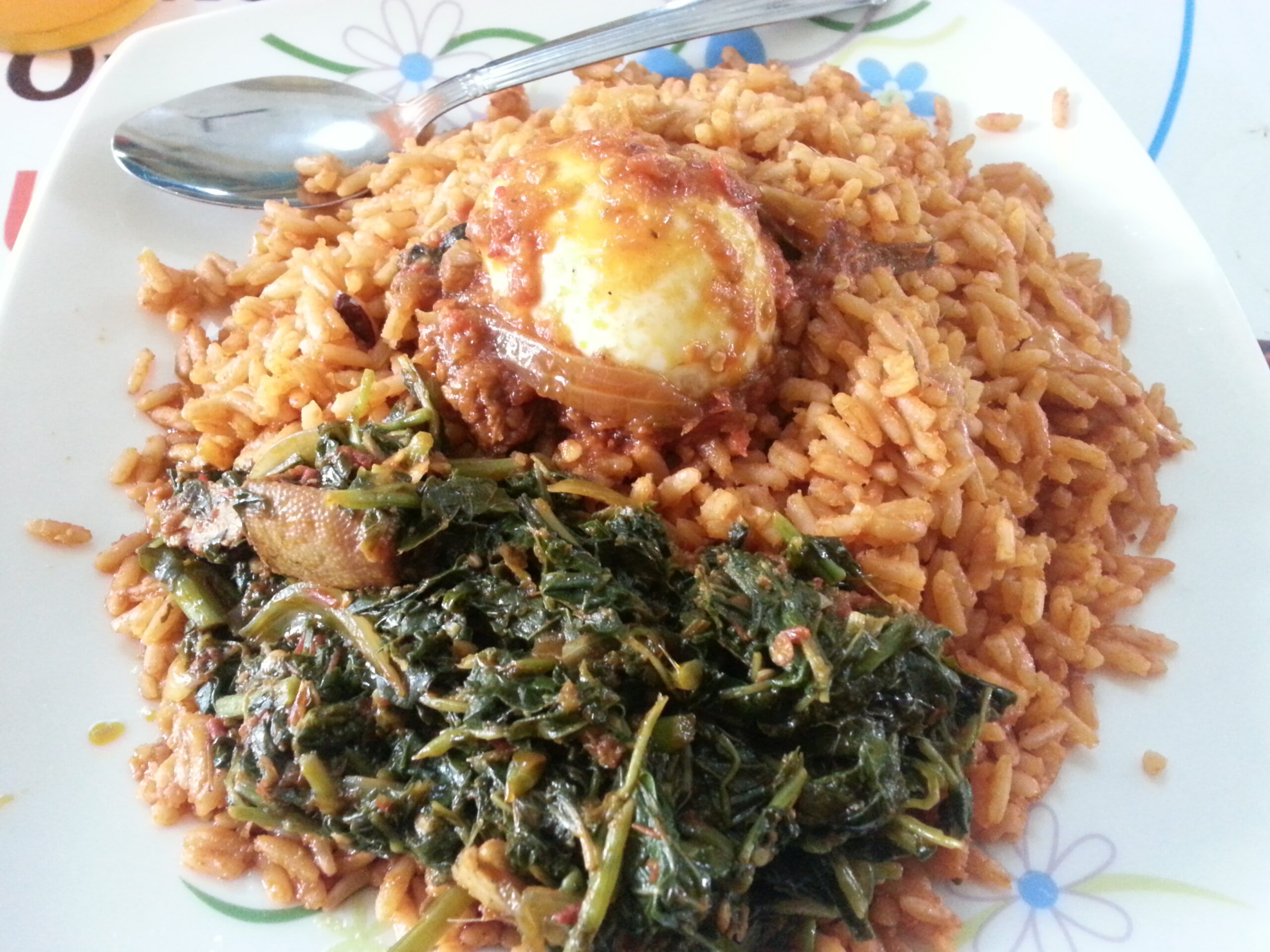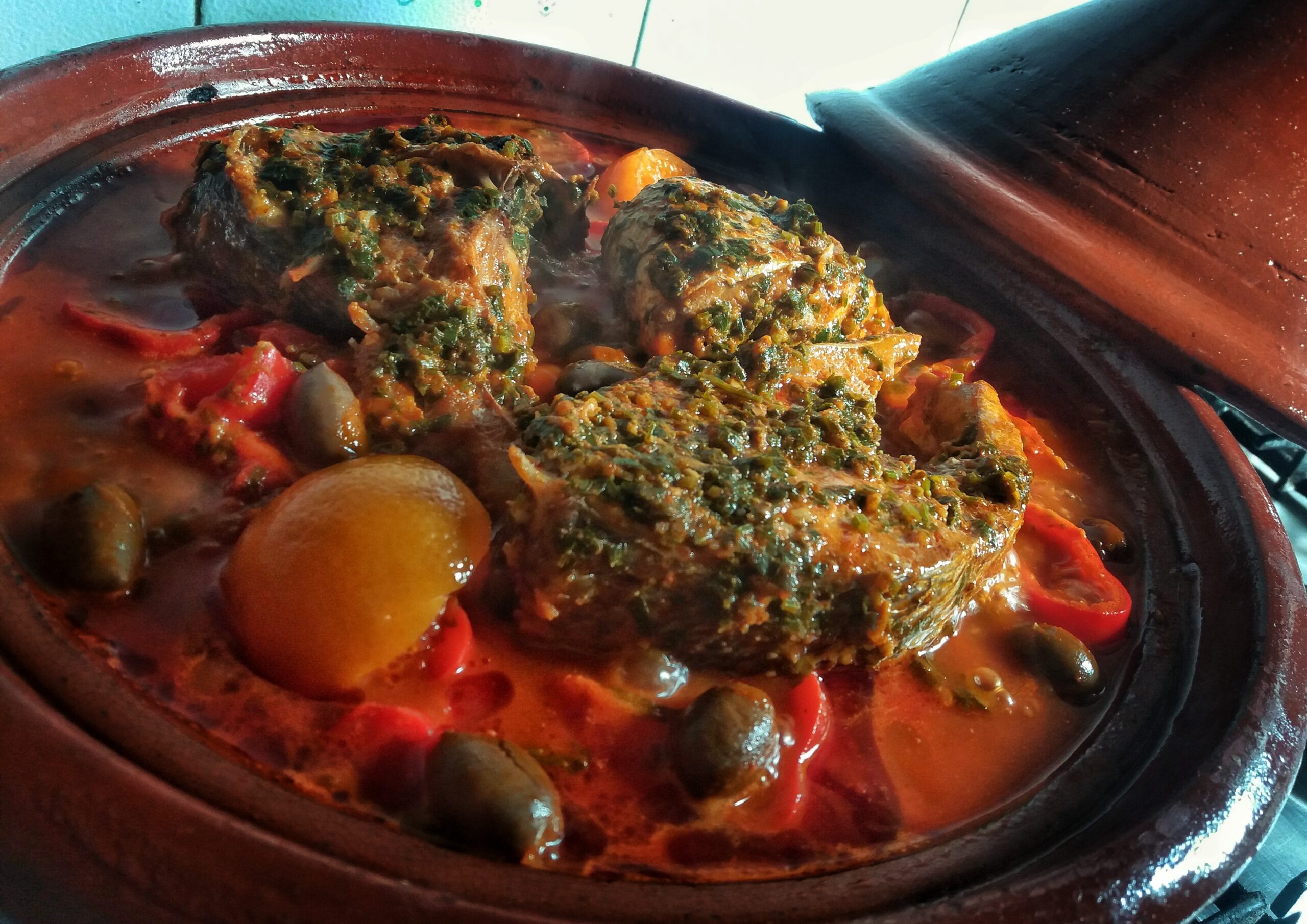Taste The World: National Dishes That Tell the Story of a Country.

Every country has a heartbeat that pulses through its kitchens, markets, and mealtime traditions. Food isn’t just fuel, it’s a celebration of identity, history, and soul. A national dish does more than fill a stomach; it carries flavors shaped by centuries of culture, conflict, creativity, and climate. These meals speak of hardship and triumph, of migrations and revolutions, of family tables and festive streets. Below
1. Jollof Rice – The West African Firestarter

The keyword national dish of Nigeria carries both pride and passion. Jollof Rice is a spicy, tomato-based rice dish cooked with onions, pepper, and seasoned stock, often served with fried plantains or grilled meat. It’s more than a meal, it’s a competition across West African nations, especially between Nigeria and Ghana. The dish symbolizes celebration, often found at weddings, birthdays, and festive gatherings. Its fiery red color and bold flavor tell stories of bold people, rich lands, and shared laughter.
2. Feijoada – Brazil’s Black Pot of Unity

This national dish of Brazil speaks of strength and togetherness. Feijoada is a slow-cooked stew of black beans, pork, and beef, traditionally eaten with rice, collard greens, and orange slices. The dish originated from enslaved Africans who made use of leftover meat cuts, turning hardship into flavor. Over time, it evolved into a symbol of Brazilian resilience and community. Its deep, smoky taste represents the complexity and warmth of Brazilian heritage.
3. Pho – Vietnam’s Healing Bowl

Known as the national dish of Vietnam, Pho is more than just noodle soup. It’s a carefully layered dish with rice noodles, beef or chicken, herbs, and a fragrant bone broth simmered for hours. It was born during colonial times and became a comfort food during war, often eaten at sunrise on quiet streets. Today, it’s a breakfast staple and an emblem of Vietnamese hospitality and balance. The warm aroma tells the story of a people who turn struggle into simplicity.
4. Poutine – Canada’s Crowned Cravings

This national dish of Canada is a gooey, savory comfort food. Poutine is made of crispy fries topped with cheese curds and smothered in hot gravy. It started in Quebec in the 1950s and was once mocked, but now it unites the French and English culinary cultures of the country. It’s a symbol of embracing local ingredients and redefining identity. The dish is humble, messy, and satisfying, just like the real Canadian spirit.
5. Bulgogi – Korea’s Fire-Grilled Pride

The national dish of South Korea, Bulgogi, means “fire meat” and lives up to the name. Thinly sliced beef is marinated in soy sauce, sugar, garlic, and sesame oil, then grilled to perfection. It dates back to the Goguryeo era, making it a link between ancient and modern Korea. Bulgogi reflects Korea’s culture of shared meals and respect for tradition. Its sweet and savory flavor is a love letter to Korean kitchens.
6. Tagine – Morocco’s Magic Pot

As the national dish of Morocco, Tagine is named after the clay pot it’s cooked in. The dish blends meat, vegetables, dried fruits, and aromatic spices like saffron, cumin, and cinnamon. It embodies Morocco’s trade history, with flavors borrowed from Berber, Arab, and Mediterranean influences. Tagine is slow food, often shared in family gatherings, symbolizing patience and heritage. The aroma alone is enough to transport you to a Moroccan marketplace.
7. Ceviche – Peru’s Ocean Jewel

This national dish of Peru is a fresh, citrusy reminder of Peru’s coastal life. Ceviche consists of raw fish cured in freshly squeezed lime juice, mixed with onions, chili peppers, and cilantro. It traces back to the Moche civilization and is now a symbol of Peruvian pride. Ceviche is served cold, yet it ignites the senses with its bold, clean taste. Each bite tells a tale of sun, sea, and skill.
8. Bobotie – South Africa’s Spiced Harmony

Recognized as the national dish of South Africa, Bobotie is a curried meatloaf topped with a custard-like egg mixture. It blends Dutch, Indonesian, and local Cape Malay flavors. The dish represents the country’s complex colonial history and cultural fusion. It’s comfort food with a twist, served with yellow rice and chutney. Bobotie reflects South Africa’s journey of struggle, blending diversity into one delicious story.
9. Pad Thai – Thailand’s Street King

As the national dish of Thailand, Pad Thai is a stir-fried noodle dish with shrimp, tofu, eggs, peanuts, and tamarind sauce. It was introduced during World War II to promote national identity and rice noodle consumption. Its sweet, salty, and sour profile reflects Thai cuisine’s harmony of flavors. Pad Thai is now a global favorite, but in Thailand, it’s a dish that reminds people of resilience and reinvention. Its humble street-side origins carry the pulse of the nation.
10. Goulash – Hungary’s Warrior Stew

The national dish of Hungary, Goulash, is a hearty beef stew spiced with paprika, onions, and garlic. It originated with herdsmen and soldiers who cooked it in cauldrons over open flames. Goulash reflects the Hungarian spirit of freedom and frontier life. It’s a dish that demands bold seasoning and long cooking, just like Hungary’s turbulent but proud history. Each bowl warms more than the body, it stirs the soul.
11. Sauerbraten – Germany’s Sunday Staple

As the national dish of Germany, Sauerbraten is a marinated roast beef served with gravy, red cabbage, and dumplings. It’s often prepared days in advance, showing a culture that values time and preparation. The dish is believed to date back to Charlemagne’s era, once a royal feast. Sauerbraten blends sour and savory in a way that captures the German balance between tradition and innovation. It’s comfort food with centuries behind it.
12. Koshari – Egypt’s Street Symphony

The national dish of Egypt, Koshari is a carb-loaded dish of rice, pasta, lentils, chickpeas, fried onions, and spicy tomato sauce. It’s a fusion of ingredients from different cultures that passed through Egypt. Originally eaten by workers, it has become a beloved meal for every class. Koshari represents Egypt’s layered history and generous hospitality. The textures and spices come together like the streets of Cairo, chaotic, lively, and unforgettable.
13. Borscht – Ukraine’s Red Legacy

This national dish of Ukraine is a beetroot soup that’s as vibrant as the Ukrainian spirit. Borscht includes vegetables like cabbage and potatoes, often served with sour cream and dark bread. It has roots in peasant cuisine but has risen to be a national icon. The dish is deeply tied to home, family, and tradition, often cooked in large pots and shared. Borscht is more than food; it’s a symbol of endurance and warmth through hardship.
14. Hamburger – America’s Grill Icon

Known globally, the national dish of the United States is the Hamburger. A beef patty in a bun, dressed with cheese, lettuce, tomato, and sauce, it’s the face of American fast food. Its roots stretch from German immigrants to diner culture to global dominance. The burger represents convenience, customization, and capitalism, all baked into one bite. It’s a modern meal that reflects America’s love for reinvention and individuality.
15. Adobo – Philippines’ Tangy Treasure

As the national dish of the Philippines, Adobo is a flavorful stew of meat marinated in vinegar, soy sauce, garlic, and bay leaves. The method of cooking meat in vinegar dates back to pre-colonial times. It’s adaptable, chicken, pork, or even fish, yet always comforting. Adobo showcases the Filipino ability to adapt, preserve, and share. The taste is bold, tender, and unforgettable, just like the people who claim it.
This article was written by a human and edited with AI Assistance






